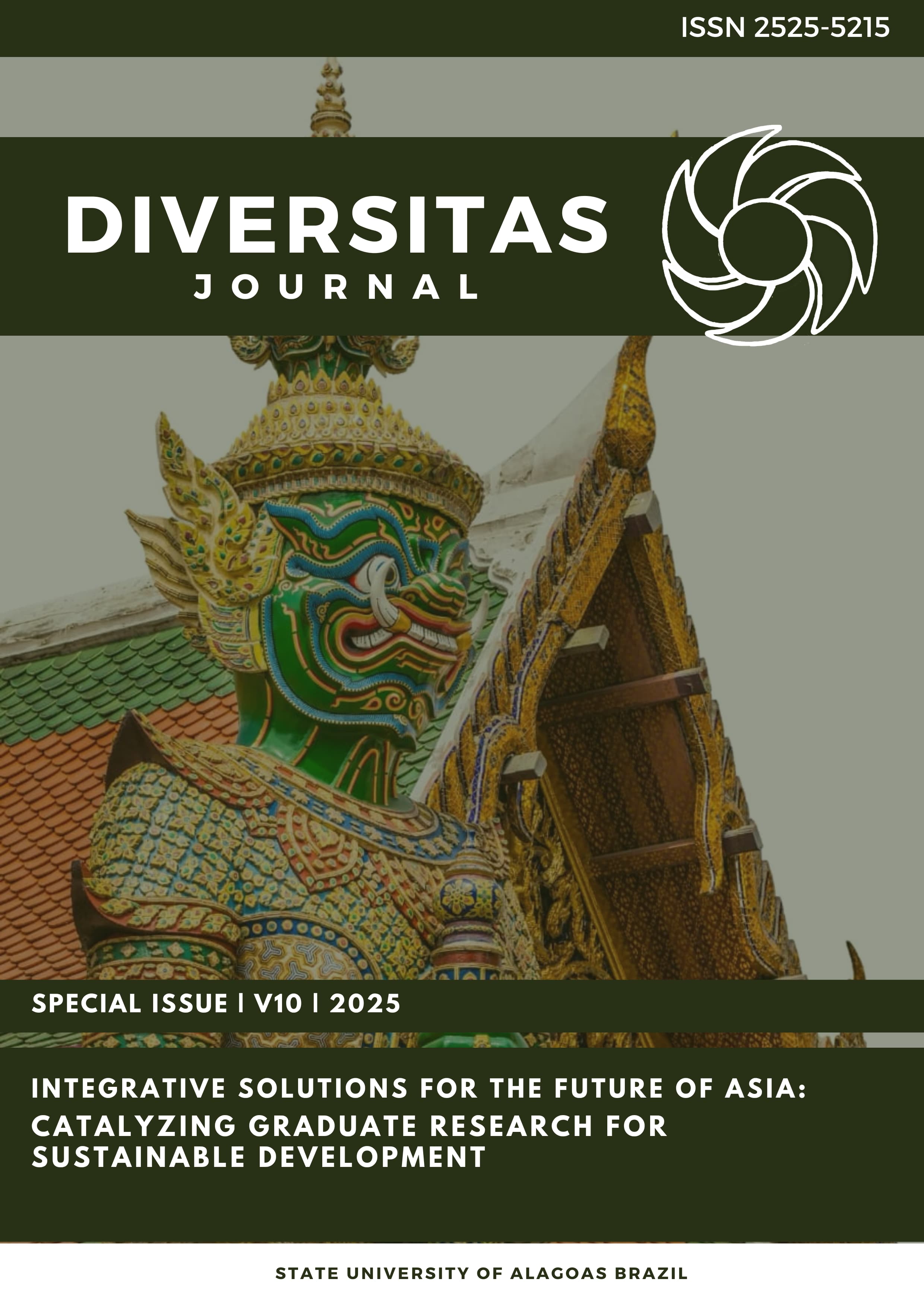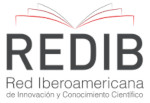A contrastive Analysis between English and Indonesian prefixes
DOI:
https://doi.org/10.48017/dj.v10ispecial_1.3018Keywords:
English prefixes, indonesian prefixes, differences, similarities, contrastive analysisAbstract
Prefixes are bound morphemes that precede the root. The study aims to analyze the processes between English and Indonesian prefixes. In this regard, a contrastive analysis is used to compare them. The analysis results reveal the differences and similarities in terms of prefix processes. The differences between English and Indonesian prefix processes exist in categorization. In English, prefixes are categorized into Negative and Positive Prefixes, Prefixes of Size, Prefixes of Location, Prefixes of Time and Order, and Prefixes of Number. Meanwhile, Indonesian prefixes are not categorized. The results also show that Indonesian prefix constructions are complicated because some prefixes change into several variation spellings in certain environments while English prefixes do not. The similarities appear in the prefix processes that precede the root, and some prefixes can alter the word class after undergoing a prefix process. The findings of this study may help language learners and teachers understand the differences and similarities between English and Indonesian.Metrics
References
Adelina, C., & Suprayogi, S. (2020, June 29). Contrastive Analysis of English and Indonesian Idioms of Human Body. Linguistics and Literature Journal, 1(1), 20–27. https://doi.org/10.33365/llj.v1i1.235
Akhgari, E. (2007). Word Formation: Prefixes & Suffixes. Retrieved from: http://ce.sharif.edu/courses/8687/1/ce211/resources/root/Extra%20Notes/extra3.pdf//
Carstairs-McCarthy, A. (2002). An Introduction to English Morphology: Words and Their Structure. Edinburgh: Edinburgh University Press.
Lieber, R. (2009). Introducing morphology. New York: Cambridge University Press.
Mena, V. V., & Saputri, K. (2018, June 24). A CONTRASTIVE ANALYSIS BETWEEN ENGLISH AND INDONESIAN PREFIXES AND SUFFIXES IN THE DESCRIPTIVE TEXTS OF STUDENT’S TEXTBOOKS. English Community Journal, 2(1), 175. https://doi.org/10.32502/ecj.v2i1.1007
Paujiyanti, F. (2014). Kamus Lengkap Tata Bahasa INDONESIA. Tangerang: Lembar Pustaka Indonesia
Pauzan. (2016). Contrastive Analysis Between English and Indonesian Prefixes and Suffixes. Journal of Education and Practice, 7(30).
Pillai. (2021, June 6). Synchronic and Diachronic Studies in Linguistics | typinks. Typinks. Retrieved March 15, 2024, from https://www.typinks.com/synchronic-and-diachronic-studies-in-linguistics/#google_vignette
Plag. (2002).Word-formation in English. Retrieved from: http://www2.uni-siegen.de/~engspra/plag- in-press.pdf//
Puspitasari, Y. D. (2010). A contrastive analysis between English and Indonesian adverbs of time. Semarang: Semarang State University.
Shashkevich. (2019, August 27). The power of language: Words shape people, culture. Stanford News. Retrieved March 15, 2024, from https://news.stanford.edu/2019/08/22/the-power-of-language-how-words-shape-people-culture/
Sosy. (2012). Reading On The Move Beginning, Middle, and End. Retrieved from: www.migrant.net/.migrant/publications/.../beginningmiddleandend.pdf//
Tarigan, Henry Guntur. (1988). Pengajaran Sintaksis. Bandung: Penerbit Angkasa.
Uktolseja, L. J., Sujaja, H., & Matinahoru, M. F. (2019, July 24). A Contrastive Analysis Between English and Indonesian Kinds of Sentences. IJET (Indonesian Journal of English Teaching), 8(1), 54–61. https://doi.org/10.15642/ijet2.2019.8.1.54-61
Wisniewski, K. (2007). Morphology. Retrieved from: http//:awww.tlumaczeniaangielski.info/Linguistics.morphology.htm// on June 20th, 2023.
Downloads
Published
How to Cite
Issue
Section
License
Copyright (c) 2025 Jeri Sukmawijaya, Racidon Bernarte, Angelito Bautista Jr

This work is licensed under a Creative Commons Attribution 4.0 International License.
The Diversitas Journal expresses that the articles are the sole responsibility of the Authors, who are familiar with Brazilian and international legislation.
Articles are peer-reviewed and care should be taken to warn of the possible incidence of plagiarism. However, plagiarism is an indisputable action by the authors.
The violation of copyright is a crime, provided for in article 184 of the Brazilian Penal Code: “Art. 184 Violating copyright and related rights: Penalty - detention, from 3 (three) months to 1 (one) year, or fine. § 1 If the violation consists of total or partial reproduction, for the purpose of direct or indirect profit, by any means or process, of intellectual work, interpretation, performance or phonogram, without the express authorization of the author, the performer, the producer , as the case may be, or whoever represents them: Penalty - imprisonment, from 2 (two) to 4 (four) years, and a fine. ”


















